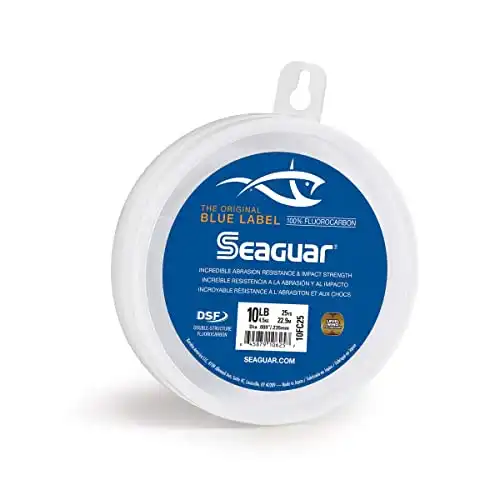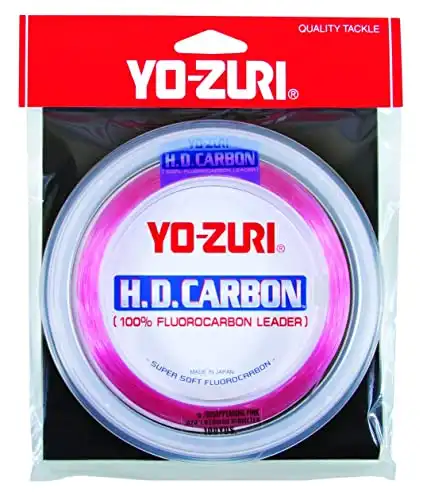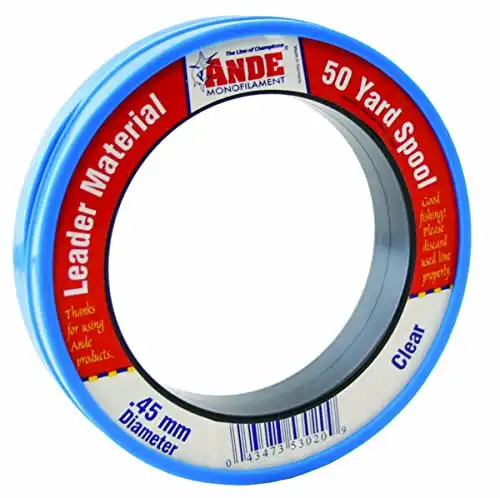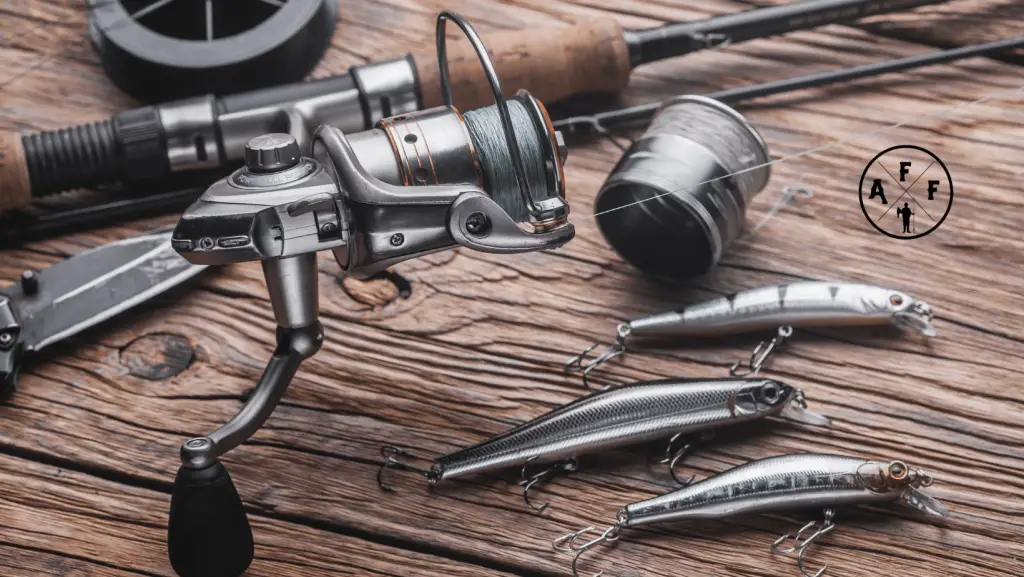
Are you wondering what purpose a fishing leader line serves?
A leader line is often overlooked and an afterthought for many anglers. While a leader is only one piece to the puzzle, it is worth learning about, when to use one, when not to use one, and which to choose.
In this post, I will provide my experiences with leader lines while fishing both inshore and offshore for various species and hopefully guide you in a direction that helps you catch more fish.
Keep reading to learn all about fishing line leaders!
Fishing Leader Lines Explained
A fishing leader line is a piece of fishing line that connects your main line to either a hook or lure. The most common fishing line used as a leader is fluorocarbon (more on this later). A leader line has advantages and disadvantages, so let’s look at the good and bad sides of using a leader line.
Advantages of Fishing With a Leader Line
- Abrasion Resistance
- Protection from sharp teeth
- Leaders help you get out of snags.
- Leaders are typically less visible than main lines.
- Leaders help avoid your line from tangling from swivels.
- It helps the main line last longer.
The disadvantage of Fishing With a Leader Line
- Reduced Sensitivity
- More opportunity for knots to fail – the line can break at the connection point
- It can be more visible if using swivels to attach.
- It can be unnecessary in some situations.
- Not ideal for flipping and pitching
Types of Fishing Leader Lines
Fluorocarbon Leaders
Fluorocarbon leaders are my favorite; I imagine they are the most popular leaders, although I have no statistics to back that up. My recommended setup for most inshore fishing applications is 20-25lb braided line and 30lb fluorocarbon line leader.
I recommend a 10-15 braided line and 6-12lb fluorocarbon line leader for bass fishing.
For offshore fishing, a longer leader line is necessary and in the 40-50lb range for fluorocarbon.
Mr recommendations above are for MOST applications, so consider what species you are chasing and the environment – fishing around piers, heavy vegetation, and rock jetties.
Monofilament Leaders
A mono leader line is an excellent option for those who need to have some give in their leader. With its higher stretch capability, mono can be a perfect choice when it comes time to fish around piers, as it will stretch when a sheepshead wants to take your line for a dance around a piling.
The main advantage of using mono is its’ price point. Mono is relatively much less expensive compared to fluorocarbon and wire leaders.
Another thing to point out about using a mono leader line is that it does not float and is more visible than a fluorocarbon line leader. Therefore, monofilament leaders may be a good option for bottom fishing, but the increased line visibility is why I don’t recommend using it in more transparent water.
Wire Leaders
Wire leader lines are my least favorite of the bunch. Single strands of wire provide excellent abrasion resistance but lack elasticity and are more visible than fluorocarbon and monofilament.
Wire leaders are functional as shock leaders and fish with sharp teeth, such as Barracuda, Pirahna, Bowfin, Lingcod, Bluefish, etc.
My Picks For the Best Leader Line
5.0 | 4.5 | 4.5 |
$10.99 | $29.79 | N/A |
How to Attach a Leader Line
There are a few ways of connecting your fishing leader to the main fishing line. I will go over the three most common methods: a uni knot, a double uni knot, and fishing swivels.
For all these methods, you will need fishing pliers to cinch everything down nicely and tight.
Knots
Uni Knot
The uni knot is the most popular way to tie fishing leaders. It’s simple and easy, yet very strong once cinched down with fishing pliers.
I recommend using the uni knot for attaching a fluorocarbon fishing line leader in the 20-50lb range. I would not recommend using this knot for wire leaders, as it will likely fail.
- To tie a uni knot, start by doubling your fishing line and passing the end through the loop 5-6 times.
- Next, moisten the knot with saliva or water and cinch it with fishing pliers. Clip off the excess fishing line, and you’re good to go!
Double Uni Knot
The double uni knot is similar to the regular uni knot, except an additional step is added. This extra step makes the knot even stronger, although it does require a bit more time to tie.
I recommend using the double uni knot for attaching fishing leaders in the 50lb+ range. This is a great knot to use for wire leaders as well as fluorocarbon fishing leader lines.
- To tie a double uni knot, start by doubling your fishing line and passing the end through the loop 5-6 times. Next, repeat this step by folding over the fishing line and passing the end through the loop 5-6 more times.
- Now, moisten the knot with saliva or water and cinch it with fishing pliers. Clip off the excess fishing line, and you’re all set!
Fishing Swivels
Another popular method for attaching fishing leaders is by using fishing swivels. This is a quick and easy method, although it does have its disadvantages.
The main advantage of fishing swivels is that they allow your leader line to rotate, which can help prevent line twists. Line twists can damage your fishing line and cause it to break sooner.
The main disadvantage of fishing swivels is that they introduce a weak point in your fishing line. Fishing swivels are not as strong as knots, so if you’re fishing in an area with a lot of structure or fish with sharp teeth, I recommend using a knot instead.
To attach a fishing leader using a fishing swivel:
- Start by threading the fishing swivel onto your fishing line.
- Next, tie a uni knot or double uni knot (depending on the leader line size) onto the end of the fishing leader.
- Finally, thread the fishing leader through the eye of the fishing swivel and cinch it down tight.
And that’s it! These are three of the most common methods for attaching fishing leaders. Experiment with each one and see which you like best.
Tips for Using a Fishing Leader
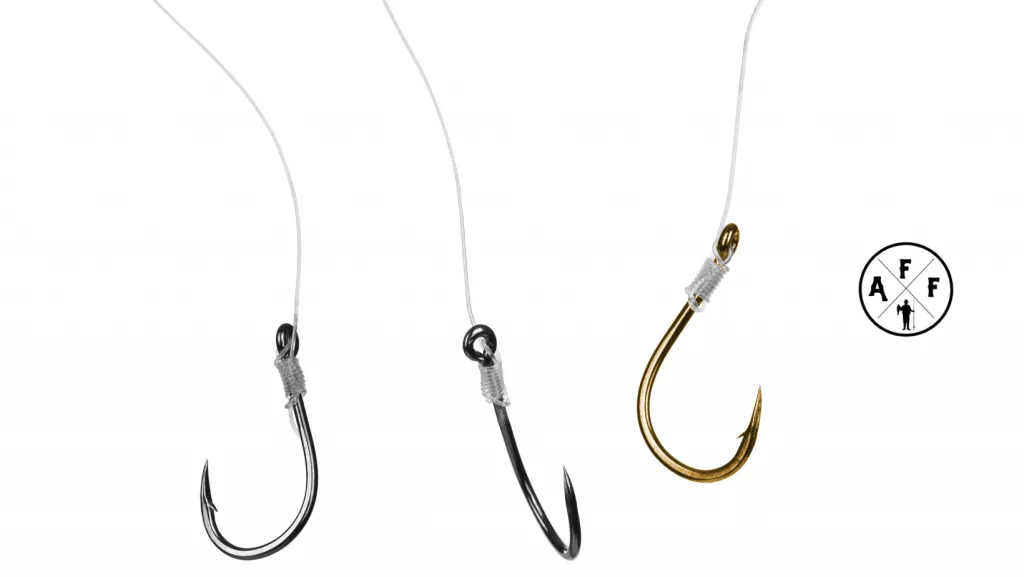
Now that you know what a fishing leader is and how to attach it let’s go over some tips for using one.
– Use the Right Leader Size: Be sure to use the correct leader size for your fishing line. If your fishing line is too light, your leader will be too big, and vice versa.
– Use a Wire Leader for Sharp Teeth: If you’re fishing for species with sharp teeth, I recommend using a wire leader. This will help to prevent your fishing line from being cut.
– Use a Fluorocarbon Leader for Clear Water: If you’re fishing in clear water, I recommend using fluorocarbon leaders. This type of leader is nearly invisible underwater and will help you fool even the wariest fish.
– Keep Your Leaders Long: I recommend keeping your fishing leaders around 3-4 feet in length.
Common Questions Related to Fishing Leader
When Should You Use a Line Leader?
I think you should use line leader about 90% of the time. There are times when a line leader is unnecessary, but the advantages I went over are why I almost always use a line leader.
Do You Need a Line Leader for Bass Fishing?
Again, I think the advantages outweigh the disadvantages of Bass fishing.
Of course, you can do just fine without using a line leader, but it is part of my routine, whether bass fishing or saltwater fishing. If you test the water with and without a line leader, you will agree with me when I say its’ better to have a leader that does not have it.
Should the fishing leader line be heavier than Main Fishing Line?
It depends, there is no definitive answer to this question, but generally, the leader line will be heavier than the main fishing line.
Should I use a leader with a braided line?
The answer is yes, you should use a leader with braided fishing line. While braid fishing line is solid, using a fluorocarbon leader will help to prevent your fishing line from being visible to fish and improve shock resistance, abrasion resistance, etc.
When Should You Not Use Fishing Leaders?
There are a couple of situations when you might not want to use a fishing leader:
- You might not need a fishing leader if you’re fishing with a very light tackle. The lighter line might be strong enough to handle your target fish.
- If you’re fishing in very clear water, using a fishing leader might spook fish if you decide to use swivels to attach the leader. In this case, you might be better off using a knot.
Conclusion
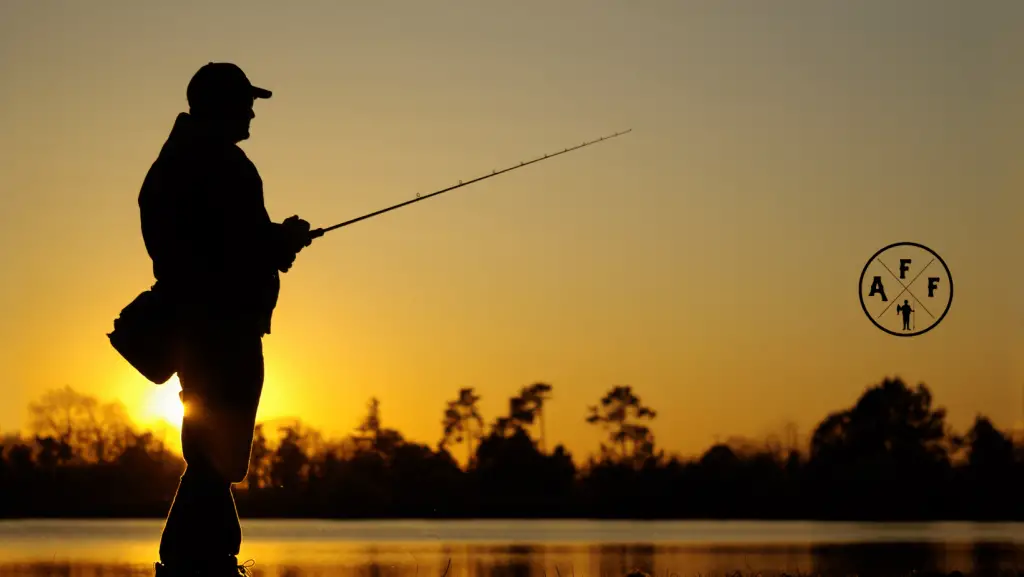
I hope you enjoyed this article and learned something new about fishing leaders. Fishing leaders are a great way to improve the strength and durability of your fishing line. Be sure to use the correct size leader for your fishing line and experiment with different attachment methods to find what works best for you.
Tight lines!

